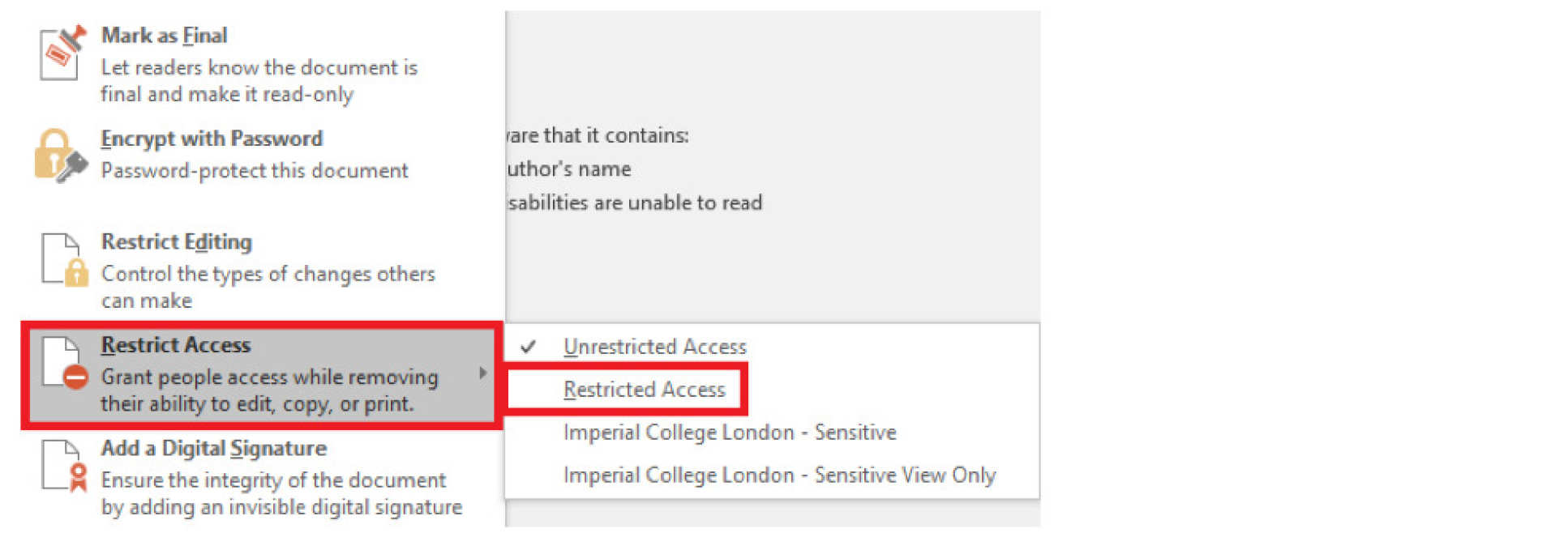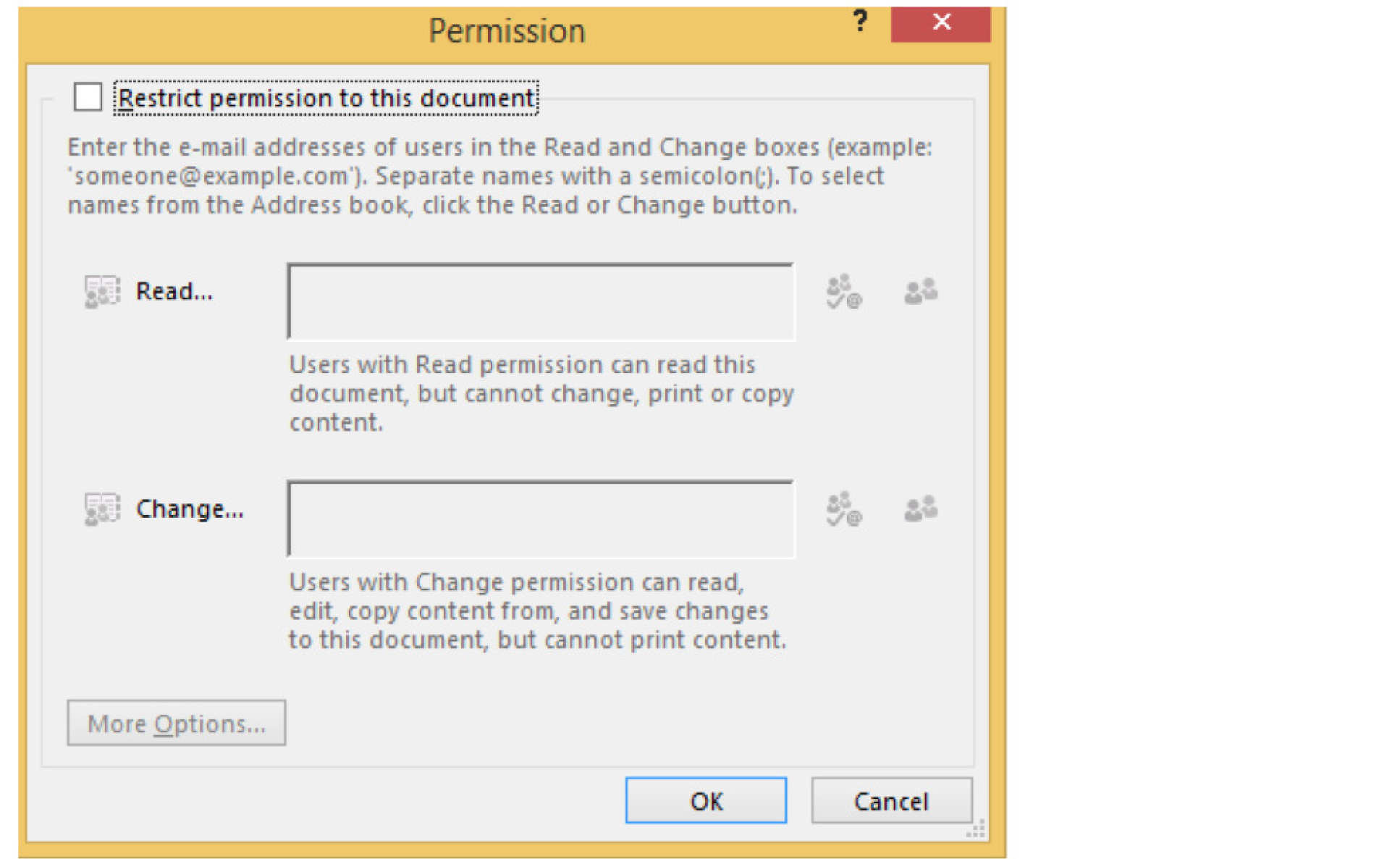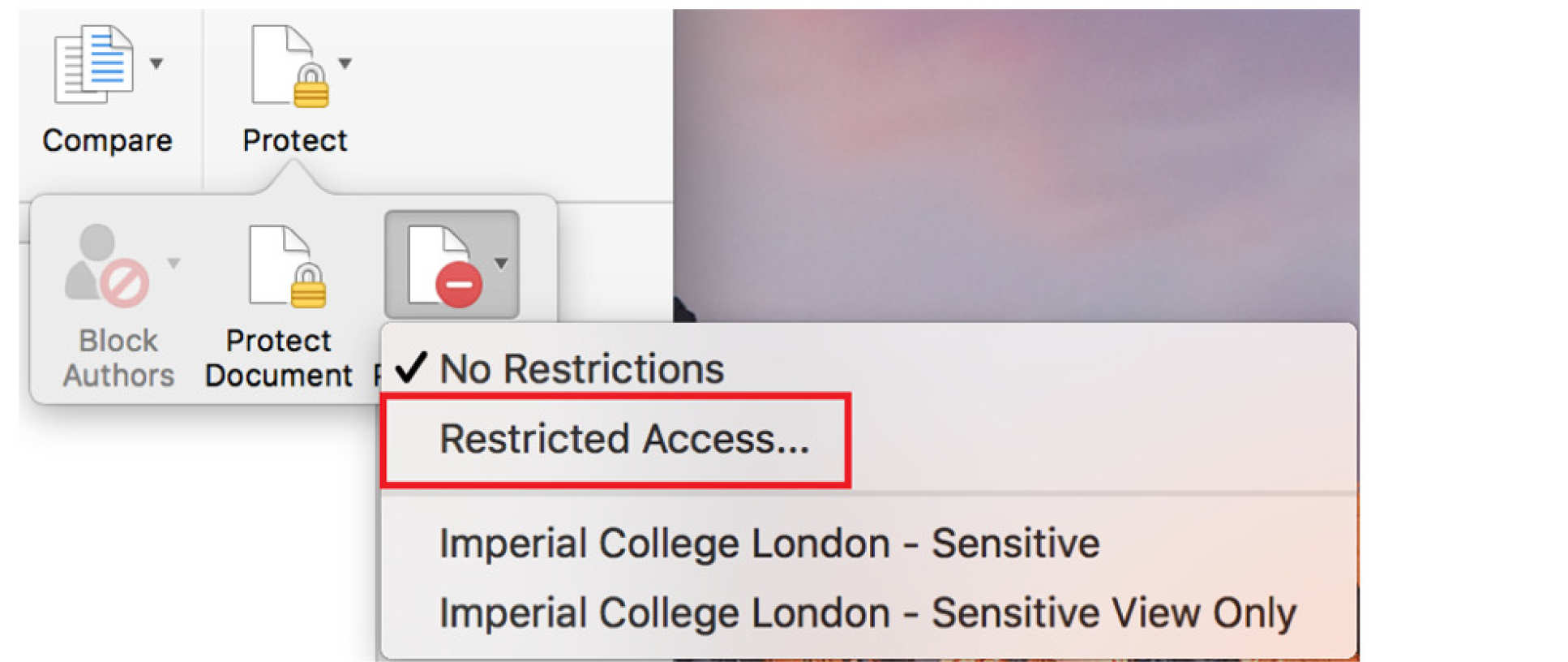Encrypting data makes the information unreadable, it can only be read using a secret key to unlock it, called decryption. Data encryption can be applied to both stored data (on computer drives or removable media) and data shared via networks.
Mobile devices and removable media, including laptops, USBs, hard drives and DVDs pose particular risks and encryption can be used to reduce these risks when sharing or storing sensitive information using these methods.
If you are dealing with sensitive or personal information, you may need to encrypt it. If you are not sure, check with the ICT Security team via the ICT Service Desk.
There are a number of supported options available for encrypting your data on different media.
Encryption colour blocks
Options for encrypting sensitive information
- Encrypting data on central file space/group space/H:drives
- Encrypt your mobile device
- Encrypting email
- Encrypting laptops
- Encrypting desktops
- Encrypting removable media
- Encryption options using Windows
- Encryption options using a Mac
- Encryption options using Linux
- Encrypting data stored in the cloud
Encrypting data on central file space/group space/H:drives
Encrypt your mobile device
Encrypting email
Encrypting laptops
Encrypting desktops
Encrypting removable media
Encryption options using Windows
Encryption options using a Mac
Encryption options using Linux
Encrypting data stored in the cloud
How to protect Microsoft Office documents
Protect Microsoft Office documents using Windows
Protect Microsoft Office documents using Mac OS







